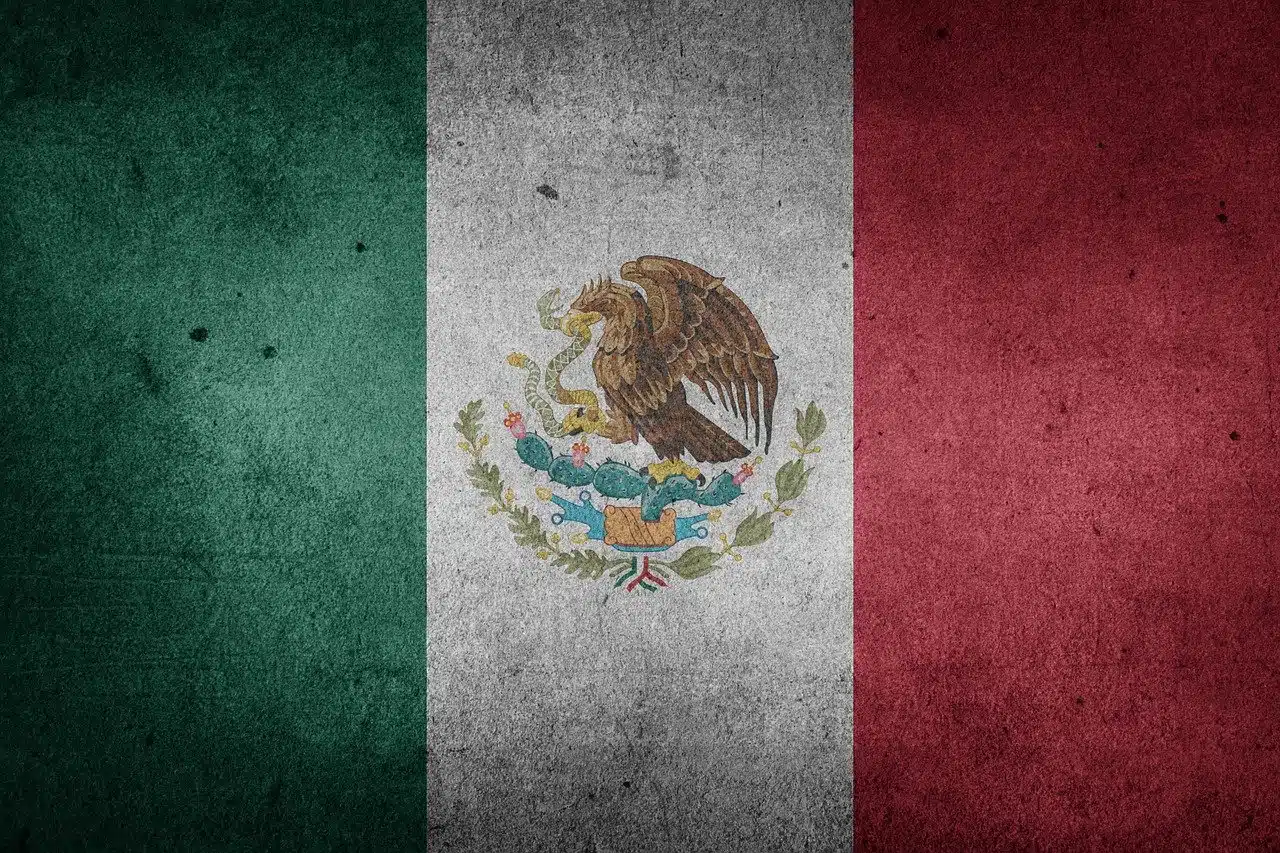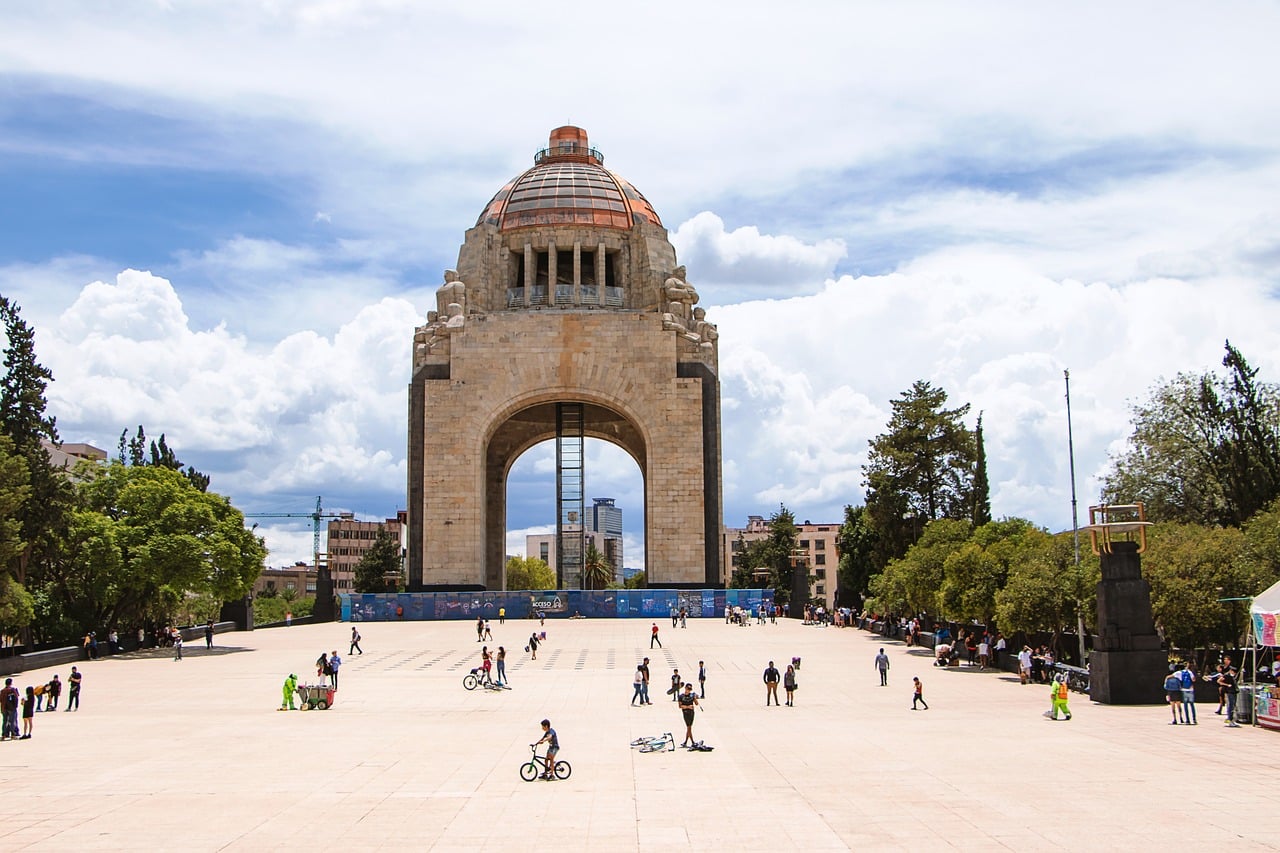
The Mexican Revolution took place between 1910 and 1917.
The Mexican Revolution was a war that lasted between 1910 and 1917 in Mexico . The conflict began with the uprising led by Francisco I. Madero against the dictatorship of Porfirio Díaz and then continued as a civil war with different sides.
With Madero as president, the social and political demands did not cease. In this way, revolutionary leaders such as Emiliano Zapata , Pancho Villa and Pascual Orozco , who had accompanied Madero , continued in rebellion and maintained the armed struggle to try to impose their ideas. It is usually considered that the Mexican Revolution only came to an end in February 1917 , when a new Constitution was promulgated that included many of the revolutionary demands.
Before moving forward, it is important to indicate that, according to the Foundation of Urgent Spanish ( FundéuRAE ), the names of the revolutions must be written with an initial capital letter, with the exception of demonym adjectives that refer to nationalities. That is why reference should be made to the Mexican Revolution , and not to the Mexican Revolution or the Mexican Revolution .
Porfirio Díaz and the Mexican Revolution
The causes of the Mexican Revolution are linked to popular discontent with the dictatorship of Porfirio Díaz . Díaz 's period at the head of the Mexican government , known as Porfirismo or Porfiriato , began in 1876 when the Plan of Tuxtepec triumphed and only concluded with the outbreak of the Mexican Revolution.
In total, Díaz was elected for seven presidential terms, although not consecutive as there were interruptions. Appealing to fraud and repressing opponents, he established a dictatorship of more than three decades.
In view of the 1910 elections, Díaz imprisoned Francisco I. Madero , who at that time was his main opponent and leader of the National Anti-reelectionist Party (whose motto was "effective suffrage, not reelection" ), and in this way he managed to win once further. Shortly after, Madero managed to escape and settled in the United States , from where he called for arms to overthrow Díaz , known as the San Luis Plan .
The uprising was successful and Díaz resigned when the rebels took Ciudad Juárez ( Chihuahua state), going into exile in France . Following a brief interim presidency by Francisco León de la Barra , presidential elections were again held, this time with Madero 's victory.

Emiliano Zapata was one of the leaders of the Mexican Revolution.
The opposition to Madero
In the uprising against Porfirio Díaz, several revolutionary figures emerged in different parts of Mexican territory, such as Pancho Villa , Pascual Orozco and Álvaro Obregón in the northern region and Emiliano Zapata in the southern region. Although, along with Madero , they all fought together with the aim of bringing about the fall of Díaz , once the dictator was overthrown their differences became more noticeable.
Thus, in the face of the new government's lack of responses to certain revolutionary demands, armed confrontations continued. Both Orozco and Zapata ignored Madero as president and promoted the continuity of the struggle . Villa , on the other hand, defended the president , fighting for his government.
Orozco promoted the so-called Empacadora Plan with accusations against Madero and a proposal for agrarian and political reform . Zapata , for his part, spread the Ayala Plan , accusing Madero of being a traitor and asking for demands for the peasants.
In this framework, Madero was able to remain in power for two years, until the coup d'état known as the Tragic Decade occurred. This process that took place in February 1913 led to the presidency of Victoriano Huerta , a military man who betrayed Madero and who is usually considered a usurper of the presidency, although he was supported by Orozco . After the coup d'état, the assassination of Madero and his vice president José María Pino Suárez took place.
Although he had the support of the United States in the coup d'état, President Woodrow Wilson did not recognize Huerta and even supported his opponents. Venustiano Carranza , meanwhile, promoted the Plan of Guadalupe where he denounced that Huerta was an illegitimate president, announcing the creation of the Constitutionalist Army , while Pancho Villa also continued in combat .
The violence never stopped and Huerta ended up resigning just 17 months after taking office.

A monument-mausoleum remembers the Mexican Revolution in Mexico City.
The Convention of Aguascalientes and the last stage of the Mexican Revolution
With Huerta out of power, Carranza - as First Chief of the Constitutionalist Army - called a convention in October 1914 , the first sessions of which were held in Mexico City and later continued in Aguascalientes . The objective was to reach an agreement between the leaders of the various military forces that were active.
At the Aguascalientes Convention , Zapata called for Carranza 's resignation as head of the Constitutionalist Army and the adoption of the Ayala Plan . Carranza expressed that he would accept if Zapata and Villa also left command of their armies.
In this context and without consensus , Eulalio Gutiérrez was elected interim president by the Aguascalientes Convention . Meanwhile, Zapata and Villa signed the Xochimilco Pact to fight against Carrancismo.
Zapatismo and Villismo managed to take Mexico City and Gutiérrez ended up resigning. Then there were two other provisional presidents ( Roque González Garza and Francisco Lagos Cházaro ) until Venustiano Carranza was elected president in 1917 . Previously, the Constituent Congress had been developed at the impulse of Carranza himself, which sanctioned the Mexican Constitution of 1917 .
Peace was still missing. Zapata was assassinated in 1919 and the same fate befell President Carranza the following year within the framework of the Agua Prieta Revolution . Carranza was replaced by Adolfo de la Huerta as a substitute until the assumption of Álvaro Obregón .
For some historians, the Mexican Revolution only ended with the arrival of Obregón to the presidency. In any case, there were more political crimes and shootings since Villa 's murder occurred in 1923 and Obregón himself was killed in 1928 .
Causes and consequences
The lack of political freedom and expression, the removal of land from peasants to favor foreign investments and social inequality in the Porfiriato are the reasons that historians usually use to explain the origin of the Mexican Revolution.
As for the consequences, the first concrete effect of the Mexican Revolution was the resignation of Díaz . Over the years it generated other changes of great importance, such as the nationalization of oil and land, agrarian reform and modifications in public education.
